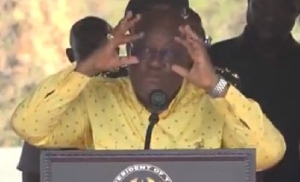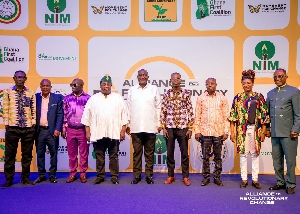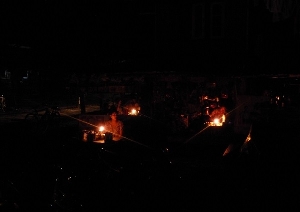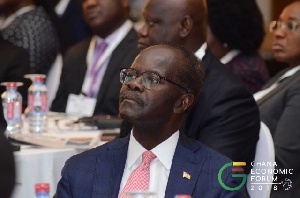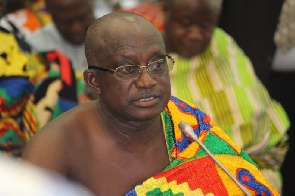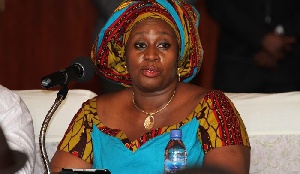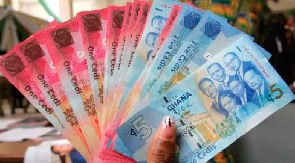 The Big Six captured on the cedi note
The Big Six captured on the cedi note
‘We study history not to know the future but to widen our horizons, to understand that our present situation is neither natural nor inevitable…’ -Yuval Noah Harari.
There are many views about whether Ghanaians should revere Kwame Nkrumah as their founder, like other sister African countries.
The arguments narrowed down to the position of an apostrophe- FOUNDER'S DAY OR FOUNDERS' DAY. The discussions gained momentum when the erstwhile government changed the founder's day, from 21st September to 4th August(founders' day).
Maybe the formation of the U.G.C.C. was the genesis of the independence struggle. Either 21st September or 4th August, the re-writing of Ghana's history concerning who founded Ghana must go swiftly with re-minting the said history.
The glaring history that must be re-minted has to do with the juxtaposition of the fictional Big six and some of Ghana's banknotes' independence arch.
Apart from serving as a legal tender for exchanging goods and services, money plays other subtle roles. Banknotes are something that people handle daily.
This phenomenon warrants its usage by say, nationalists, politicians, and intellectuals to propagate national history and culture, hence creating intentional imagined communities.
After independence, money was one of the many symbols of nationhood used by Kwame Nkrumah to construct Ghana in his image and likeness. One way or the other, this activity plays a vital role in seeking the political kingdom first, and others' addition.
Now let’s delve into the seemly familiar imagery of Ghana’s banknotes. Excluding the new 5 Ghana cedis and the 2 Ghana cedis, the other banknotes' front side features the big six image and the independence arch (popularly called the freedom and justice arch).
The independence arch is an emblem that celebrates or monumentalise the triumph of the liberation battle. The emperors commissioned triumphal/ honorific arches as a way of honouring their bravery. More or less giant billboards advertise the patron's success, like Ozymandias proclaiming his exploits.
The composition of the images on the front side of Ghana’s banknotes seems to be an adaptation of the 100 Franc note released in 1960 (see http://www.banknotes.com/FR144.JPG ). The banknote features the portrait of Napoleon Bonaparte and the Arc de Triomphe, which he was the commissioner.
The portrait of the Moroccan King Hassan II was equally juxtaposed with the image of the Great Mosque of Casablanca on the front side of the 20 dirhams banknote released in 1996.
These two banknotes have to do with the strategy of juxtaposing the Nobles with the monuments they commissioned. The narrative concerning Ghana's banknotes is contrary; the designers did not graphically equate with its commissioner's image.
Why juxtaposed the independence arch with the fictional Big six?
Was the independence arch commissioned by the Big six?
If Ghana has no founder but founders, the independence arch has a commissioner, not commissioners. Re-writing of history must go with Re-minting.
To be continued.



